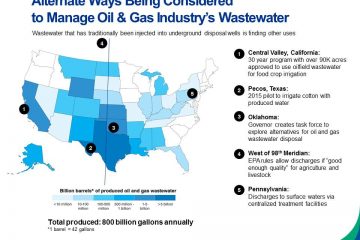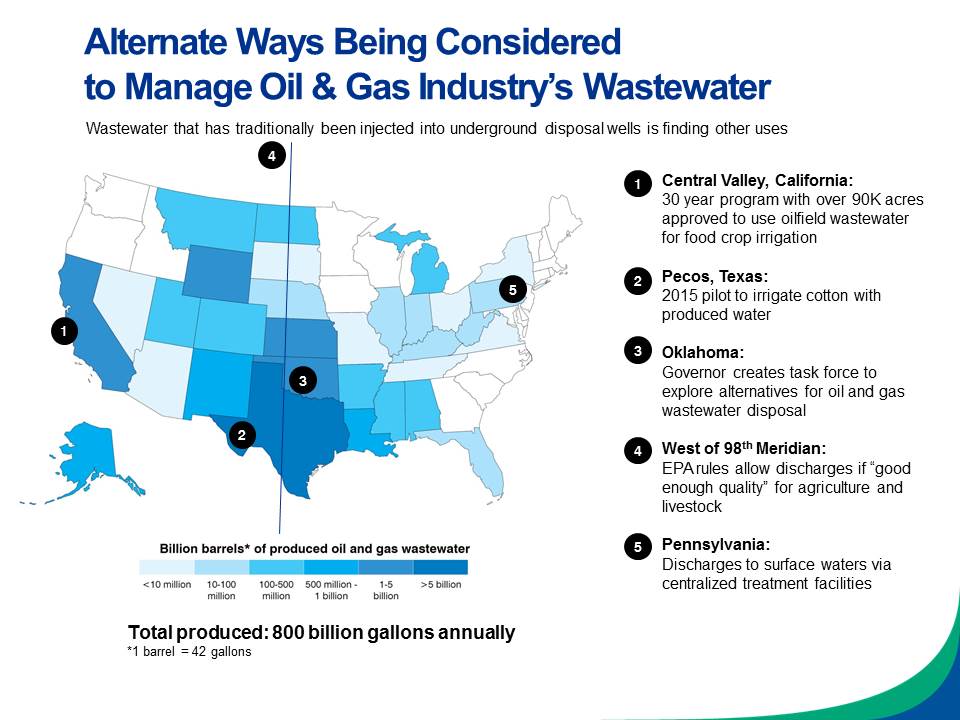Another Industry-Funded Lobbyist Tapped by Trump?
By: Keith Gaby, Senior Communications Director – Climate, Health, and Political Affairs
For the top White House environmental position, Director of the Council on Environmental Quality, President Trump is considering Kathleen Hartnett White. She’s a registered lobbyist, and is currently with the Texas Public Policy Foundation, an advocacy group funded in large part by the energy industry. She seems to have spent most of her time there spreading “alternative facts” on air pollution and climate change.
As my colleague Jeremy Symons wrote when White was considered to lead EPA, she has long been a critic of the EPA’s efforts to reduce toxic air pollution such as soot and mercury. In a 2016 op-ed for The Hill she attacked the agency for pursuing standards to reduce air pollution from fossil fuels.
Continuing a pattern
Unfortunately, this appointment would be part of a pattern. Nearly one-fourth of all Trump administration officials who deal with environmental regulations had connections to energy companies, according to a new study. This is on top of an energy and environment cabinet that represents a single point of view: big energy companies.
Few of the officials seems to have relevant experience or knowledge beyond that. For instance, at the Environmental Protection Agency, only 2 of 11 appointees have germane experience in the primary mission of the agency. Seven had connections to the fossil fuel industry, which EPA regulates.
Rejecting consensus science
Ms. White, a former chairwoman of the Texas Commission on Environmental Quality, told Rolling Stone, “We’re not a democracy if science dictates what our rules are.” In a 2012 report targeting EPA’s efforts to reduce the fine particle air pollution that exacerbates lung disease and asthma, she lamented that political appointees must weigh the views of what she called “mandarins brandishing their scientific credentials.”
In The Moral Case for Fossil Fuels, she called CO2 “the gas that makes life possible on the earth and naturally fertilizes plant growth….Whether emitted from the human use of fossil fuels or as a natural (and necessary) gas in the atmosphere surrounding the earth, carbon dioxide has none of the attributes of a pollutant.”
She is apparently not a fan of the scientists at NASA, the National Academies of Science, and all major American scientific organizations.
Siding with big engery interests over public health
The reviews of her work from some Texans have not been friendly. The Dallas Morning News called her “an apologist for polluters,” saying she’d been “consistently siding with business interests instead of protecting public health. Ms. White worked to set a low bar as she lobbied for lax ozone standards and pushed through an inadequate anti-pollution plan.”
If we are to protect clean air and water, and keep pace in a world moving toward cleaner energy, we need leaders who are looking forward. Right now, with the environmental positions in the cabinet only representing one voice, we risk damaging America’s future. And the addition of Kathleen Harnett White would add ignorance to injury.
Photo source: Texas Public Policy Foundation
This post originally appeared on our EDF Voices blog.






